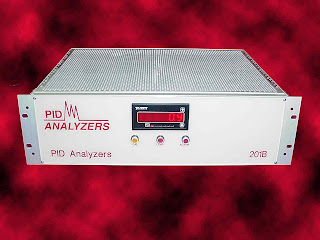Abstract Number: 615 - 20P
Session 615 - ACS Division of Analytical Chemistry Poster Session
Day and Time: Monday, March 14, 2011, Afternoon
Room Red Area on Exposition Floor - Hall B, Aisle 400
Session 615 - ACS Division of Analytical Chemistry Poster Session
Day and Time: Monday, March 14, 2011, Afternoon
Room Red Area on Exposition Floor - Hall B, Aisle 400
Social Media is an incredibly powerful tool that connects people globally. This poster will illustrate the importance of each individual social media vehicle (Pittconnect, ACS Network, Facebook, Twitter, Linked-In and Blog). Trends have shown that people become proficient in one particular medium and focus their time and energy honing that skill. In order to perform effective outreach with a consistent message about green chemistry and sustainability practices the message must be channeled through each social media vehicle individually. The American Chemical Society Sustainability Engagement Event Group 7 presented a proposal to the ACS Committee on Public Relations and Communications at the Boston National Meeting asking them to adopt a social media plan to create a positive buzz campaign throughout the International Year of Chemistry. This poster will document this process starting from the San Francisco ACS national meeting in 2010 and take it up to the present moment for the Tweet-Up plans at Pittcon 2011.

















